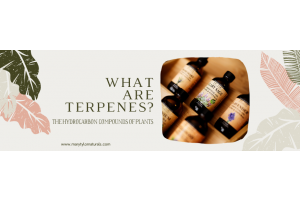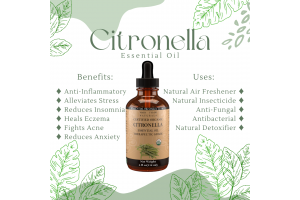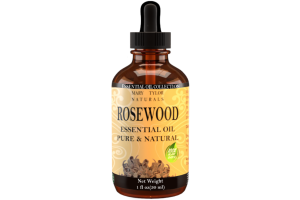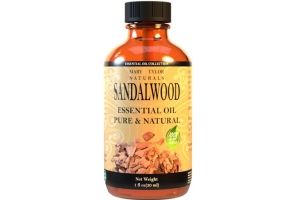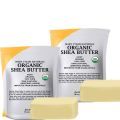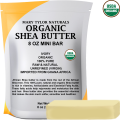Types of Wax for Candle Making

Types of Wax for Candle Making
Candle making can be a fun crafting project and is a great way to create natural, toxin free candles to scent your home or office. But there are many different types of waxes you can use to create candles, how do you know which one to choose? This article will cover all the wax options and help you make an educated decision on which wax to choose for your projects.
Beeswax
Beeswax is a substance produced by worker bees, which is secreted by glands on the bee’s abdomen. Beeswax is an amazing base for creating candles because it actually cleanses the air. Candles made from Beeswax emit negative ions into the air. Negative ions are believed to produce biochemical reactions that increase levels of the mood boosting chemical serotonin, can help reduce stress levels and promote circadian rhythm regulation. Negative ions emitted into the air are also good for plants and can help your indoor herb gardens and other houseplants flourish.
A study published by the National Center for Biotechnology Information revealed data demonstrating how negative air ions can impact the health of living things and improve air quality[1]. Their findings stated, “…NAIs [negative air ions] had multiple health benefits on humans/animals, might inhibit the growth and/or kill some of microorganisms and promote plant development…”
Beeswax is naturally a yellow-brownish color, but can also be purified to different shades of yellow or even white. White and yellow beeswax pellets differ in color based on the filtration process. White beeswax is turned white after undergoing a pressure-filtration process. Yellow beeswax is typically processed less and therefore left in its more natural state. White beeswax is preferred in candle making because you can create lots of different colored candles with natural mica powder. Yellow beeswax can still be used for candles, but will not showcase the colors in the mica powder as well as a white beeswax base will. White beeswax is typically chosen for aesthetic reasons. Beeswax candles also have a higher melting point, so they will burn longer than traditional paraffin candles.
Soy Wax
Soy wax is created from hydrogenated soybean oil. This form of wax is favored in candle making because it is able to emit fragrances into the air and holds scent better than other forms of natural wax such as beeswax, which is denser and does not emit scents as well. Soy wax products are typically sold in flake form which is favorable for candle making because it melts quickly and easily. Soy wax is denser than paraffin wax and is a natural alternative to traditional paraffin candles. Soy wax is biodegradable and renewable, which is a better environmental option. It is also a less expensive, more cost-effective option as opposed to beeswax pellets.
Palm Wax
Palm wax is also known by the other names of: Brazil wax and Carnauba wax. It is sold in the form of hard yellow-brown flakes derived from the leaves of the Carnauba Palm Tree. However, environmentalist have discounted the use of this wax due to the negative ecological effects of harvesting the wax. Palm wax harvesting has a negative effect for the surrounding ecosystem, which is dependent on these trees. We do not recommend creating candles from this wax due to its negative impact on the environmental ecosystem. Beeswax and soy wax are two environmentally friendly options for an alternative to palm wax candles.
Paraffin Wax
Paraffin is another common candle ingredient which is toxic. It is a waste product created from petroleum, and yet it is placed into candles and sold despite its negative effects. When heated, paraffin releases a carcinogenic chemical in the air. The Occupational Safety and Health Administration (OSHA) reports that, “Pure paraffin wax is widely regarded as non-toxic, but may possess some carcinogenic properties.” (Source: OSHA- Ref 5.3[2])
The Safe Drinking Water and Toxic Enforcement Act of 1986 passed in the State of California revealed that there are at least seven major toxins in paraffin wax. Paraffin wax falls into the category of toxic chemicals known as petrochemicals, which are byproducts derived from petroleum. Yes! Petroleum, which includes fuels such as gasoline, kerosene, and diesel oil. Essentially, when you are lighting a paraffin wax candle you are allowing gasoline-like toxins to enter the air in your home.
We do not recommend creating candles from this wax due to its potential to create negative health implications. Fortunately, there are natural alternatives such as beeswax and soy wax.
Choosing the right wax for your candles is a vital step to creating toxin free candles. It is important to choose a pure, 100% natural wax product that does not contain other filler ingredients. Be sure you research the quality of the wax you are purchasing. It is also an option to mix both soy and beeswax to create a hybrid product with the benefits of both waxes. See our website for free recipes. We are also proud to offer a 100% natural beeswax product in both white and yellow beeswax pellets which are perfect for candle making!
[1] Int J Mol Sci. 2018 Oct; 19(10): 2966. Published online 2018 Sep 28. doi: 10.3390/ijms19102966
PMCID: PMC6213340. PMID: 30274196. Negative Air Ions and Their Effects on Human Health and Air Quality Improvement. Shu-Ye Jiang, Ali Ma, and Srinivasan Ramachandran. Available at: https://www.ncbi.nlm.nih.gov/pmc/articles/PMC6213340/
[2] https://www.osha.gov/dts/sltc/methods/partial/pv2047/2047.html References- 1. P. Shubik et al; "Studies on the Toxicity of Petroleum Waxes"; Toxicology and Applied Pharmacology; Aug. 2 1962. 2. "Encyclopedia of Chemical Toxicology", vol #24, Third Edition, Kirk-Othmer. 3. R. Prosser White "The Dermatergoses or Occupational Affections of the Skin" London H.K. Lewis & Co. 1934. 4. "Queries and Minor Notes" Journal of American Medical Assoc. 110:2102 1938.



